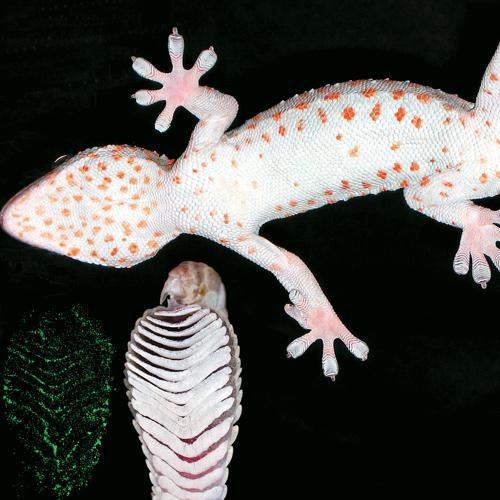You are likely to get a shock if you see a lizard lying in an ambush position on your windshield.
Many people from the sub-continent are afraid of chipkili, or yellow-bellied house geckos – a type of lizard that is also common in our houses in Dubai.
Following a recent dust storm, I went to my car early in the morning and I could not believe my eyes.
A fat, 15 centimetre-long gecko was on my car's windscreen.
I watched it for a few moments and then realised that it was possibly sleeping. It is nearly impossible to see a gecko in broad daylight, as this and all the other geckos here are nocturnal – active from sundown to sunrise.
Seeing the opportunity of a few good shots I went back to my house, took out the camera and clicked some pictures from outside the car.
The fat, solid gecko took no notice of my continuous clicking.
As the gecko was on glass I could see all the lamellae on its toes.
Some geckos have flattened toe pads that are covered on the bottom with dead, keratinised scales called lamellae.
Geckos that live in our homes eat insects, including houseflies, mosqu-itoes moths, ants and spiders that are not only pests but also obnoxious and capable of spreading disease.
A gecko will consume at least a few hundred of these creatures every night, so they are doing a great service to us and we should not harm them.



